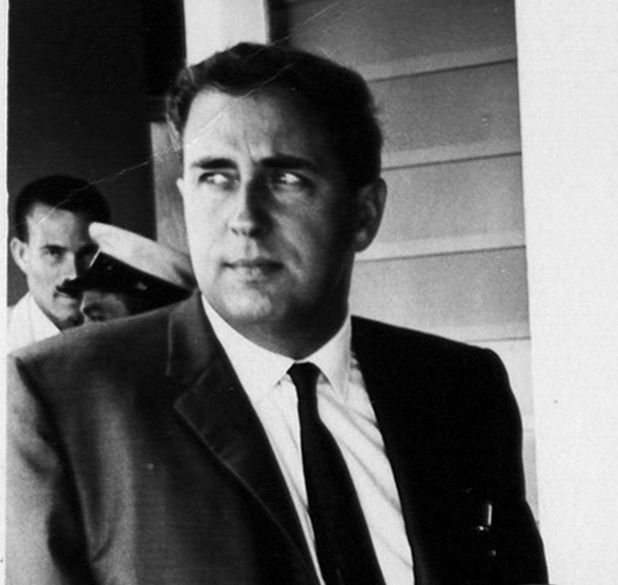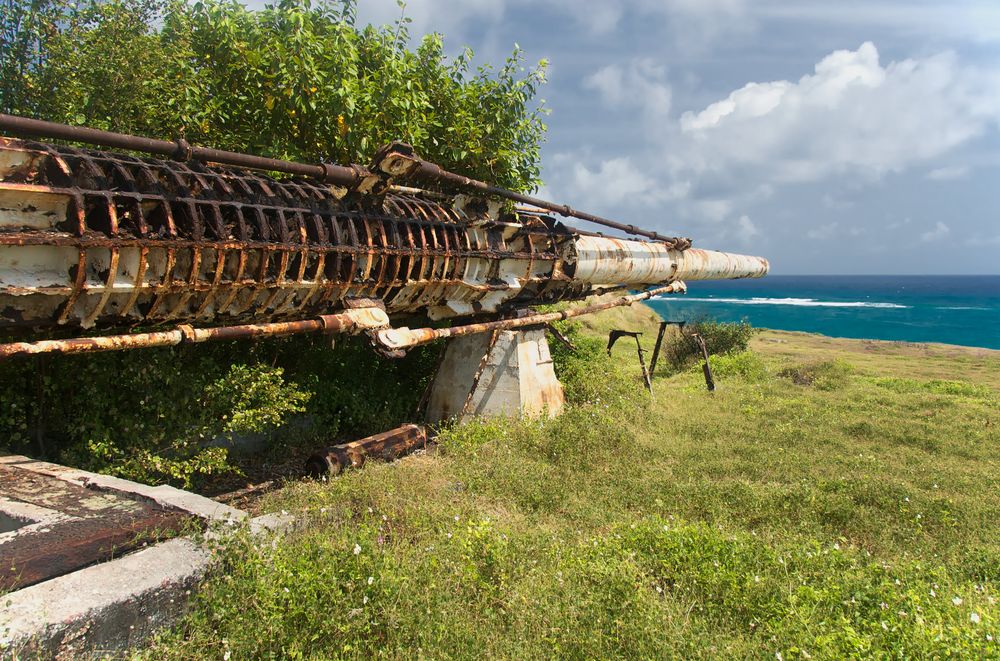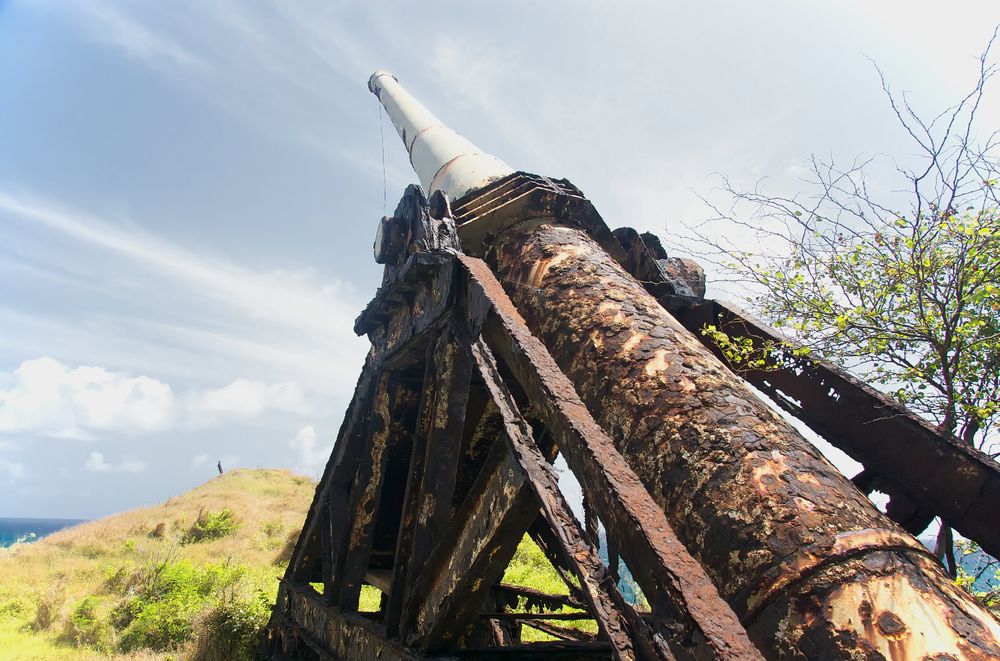Rockets of the era were relatively small and crude gunpowder-based devices used only for firingprojectiles into enemy land.
But gun propulsion as a method of space launching was not entirely abandoned.
The 16-inch gun used during Project HARP, along with a smaller gun in Barbados.

The US Army needed a method that was economical, and Bulls ballistic approach sounded promising.
HARP was presented as a research initiative dedicated to developing low-orbital capacity for geodetic and atmospheric objectives.
But its ultimate goal was to place satellites into orbit.

The guns were welded together to produce a single barrel, 119 feet (36 m) long.
The first test shot from the 16-inch gun was fired on January 20, 1963.
Firing of a Project HARP gun in Barbados.

The Martlets kept evolving throughout the test period, growing in size and sophistication and reaching greater altitudes.
The Martlet 2 missiles, which began testing in April 1963, reached a record 92 km.
The Martlets carried a variety of instruments to measure the atmosphere.

Others released chaff instead of chemicals, allowing tracking via radar.
Some shots used additional electronics to measure the magnetic field.
The Canadian Department of Defence Production also agreed to chip in with an additional $1.5 million per year.

Part of the reason of the HARP guns success was its low cost.
Unfortunately, the project ran out of funding and no Martlet 4 vehicles were built.
The record still stands today.

During test firings, the SHARP gun achieved velocities of 3 km/s.
The eventual goal was to build a mammoth gun with a barrel 3.5 km in length for launching satellites.
This is the smaller of the two main guns.
Some of the train track is still in place.